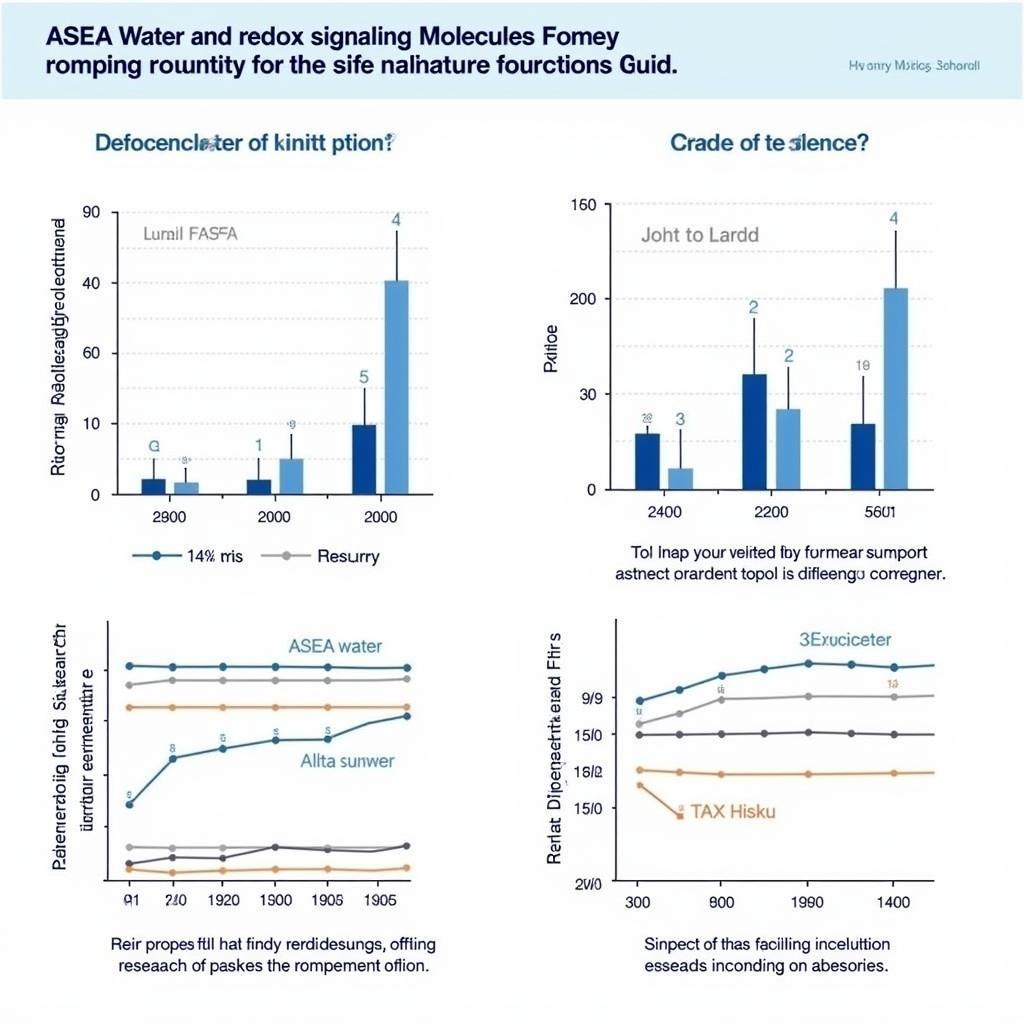The ASEAN Banking Integration Framework (ABIF) guidelines are crucial for fostering a more integrated and robust financial sector within the ASEAN region. These guidelines aim to facilitate greater cross-border banking activities, promoting growth and stability within the diverse economies of Southeast Asia. Let’s delve into the key aspects of the ABIF and its implications for the region.
What is the ASEAN Banking Integration Framework (ABIF)?
The ABIF is a strategic roadmap designed to enhance regional financial cooperation and integration within the ASEAN Economic Community (AEC). It sets out a phased approach to liberalize banking services and promote greater cross-border operations. This framework provides a structured path for ASEAN member states to progressively harmonize their regulatory frameworks, enabling freer movement of capital and fostering a more competitive banking landscape. asean banking integration framework pdf provides further details on the framework.
Key Objectives of the ABIF
The ABIF aims to achieve several key objectives, including:
- Enhanced Financial Stability: The framework seeks to strengthen the resilience of ASEAN’s financial system by promoting closer supervisory cooperation and information sharing among member states.
- Increased Cross-Border Banking: The ABIF encourages the expansion of banking operations across borders, allowing banks to operate more freely within the region.
- Improved Market Access: The framework aims to create a more level playing field for banks within ASEAN, facilitating greater competition and efficiency.
- Deeper Financial Integration: The ABIF promotes deeper integration of ASEAN’s financial markets, leading to more efficient allocation of capital and greater investment opportunities.
How Does the ABIF Work?
The ABIF operates on a phased approach, gradually liberalizing banking services across ASEAN. It involves a series of agreements and commitments by member states to harmonize their regulations and open up their banking sectors. This phased approach allows for a gradual and manageable transition, ensuring stability and minimizing risks.
Key Principles of the ABIF
- Mutual Recognition: Recognizing the regulatory frameworks of other member states, allowing banks to operate more easily across borders.
- Harmonization of Regulations: Aligning banking regulations across member states to create a more consistent and predictable operating environment.
- Enhanced Supervisory Cooperation: Improving communication and collaboration between banking supervisors in different ASEAN countries.
- Transparency and Information Sharing: Promoting transparency and exchange of information among member states to foster trust and stability.
“The ABIF represents a significant step forward in ASEAN’s journey towards deeper financial integration,” says Dr. Anya Sharma, a leading economist specializing in Southeast Asian financial markets. “By fostering greater cross-border banking activities, the framework can unlock significant growth potential for the region.”
Benefits of ASEAN Banking Integration
The integration fostered by the ABIF offers numerous benefits to the ASEAN region:
- Increased Competition: A more open banking market leads to greater competition, benefiting consumers with better products and services.
- Economic Growth: Increased cross-border banking activities can stimulate investment and economic growth across the region.
- Financial Inclusion: Greater access to financial services can promote financial inclusion, particularly in underserved communities.
- Regional Stability: A more integrated financial system can enhance regional stability by strengthening the resilience of individual economies.
“The success of the ABIF hinges on continued commitment and collaboration among ASEAN member states,” adds Mr. Lee Wei Kiat, a financial regulatory expert based in Singapore. “Effective implementation of the framework’s guidelines is essential to realize its full potential.”
Conclusion
The ASEAN Banking Integration Framework (ABIF) guidelines are a vital instrument for driving financial integration and economic growth within ASEAN. By promoting cross-border banking and harmonizing regulations, the ABIF sets the stage for a more dynamic and interconnected financial landscape. This will ultimately benefit businesses, consumers, and the overall economic prosperity of the ASEAN region.
FAQs
- What is the main goal of the ABIF? To foster greater financial integration and cooperation within ASEAN.
- How does the ABIF benefit businesses? By providing greater access to capital and expanding market opportunities.
- What are the key principles of the ABIF? Mutual recognition, harmonization of regulations, enhanced supervisory cooperation, and transparency.
- How does the ABIF promote financial stability? By strengthening regulatory frameworks and improving supervisory collaboration.
- What is the significance of the ABIF for ASEAN’s future? It plays a crucial role in promoting economic growth and regional integration.
- How can I find more information about the ABIF? Refer to the asean banking integration framework pdf.
- Who are the key stakeholders involved in the ABIF implementation? ASEAN member states, banking regulators, and financial institutions.
For further assistance, please contact us at Phone Number: 0369020373, Email: [email protected] or visit our address: Thon Ngoc Lien, Hiep Hoa, Bac Giang, Vietnam. We have a 24/7 customer service team available.
